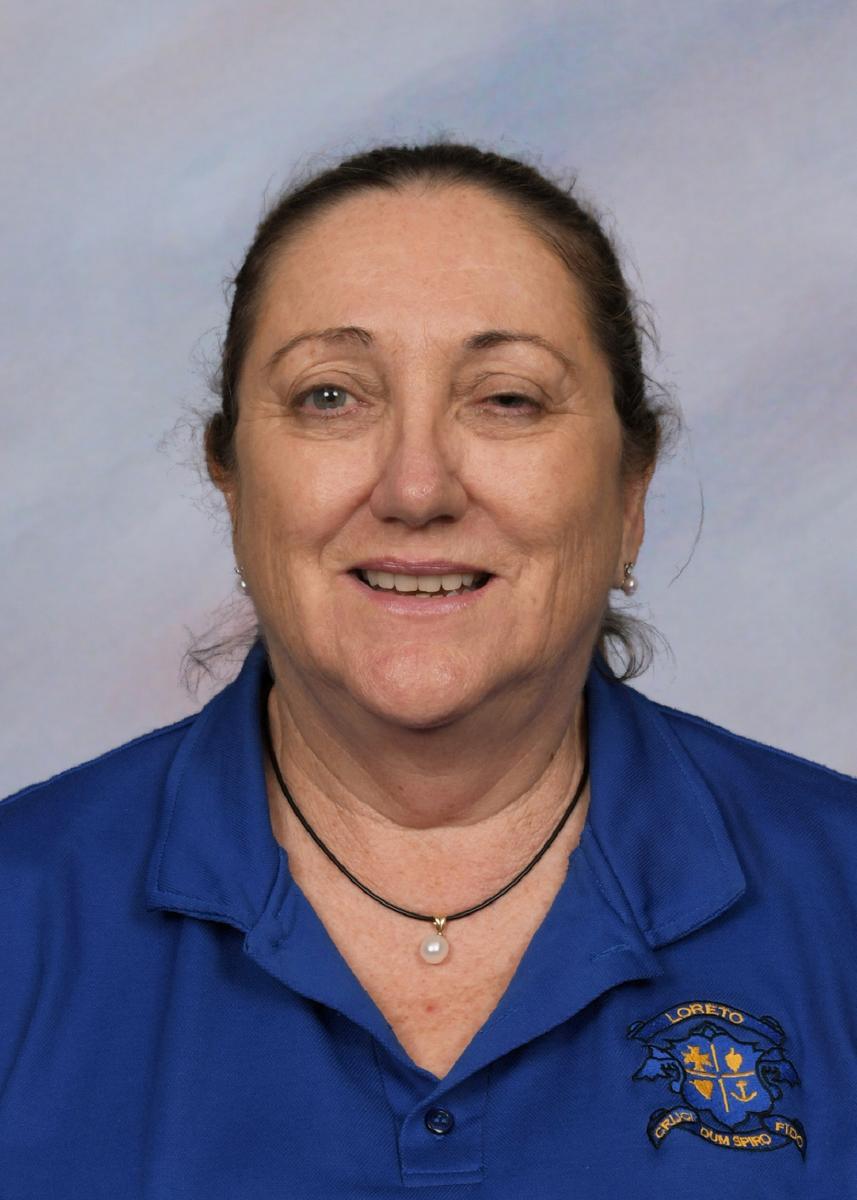Health

Meningococcal disease and Year 10 vaccinations on 4 and 5 June
On average, there are between 10 and 20 cases of meningococcal disease in WA each year, mainly in winter and spring. Nearly all cases of meningococcal disease are unrelated to other cases.
Children up to five have the highest risk of developing meningococcal disease in WA. Some of the highest rates of meningococcal carriage and illness occur among 15 to 19-year-olds. Once infected, they can transmit the bacteria to people who are at increased risk of infection, including young children.
University students living in residential colleges are also at increased risk of developing meningococcal disease because of their prolonged and close contact with others.
Symptoms in children and adults include:
- fever
- headache
- vomiting
- diarrhoea
- neck stiffness
- muscle or joint pains
- drowsiness or confusion.
Sometimes, these symptoms may be accompanied by the appearance of a spotty red-purple rash that looks like small bleeding points beneath the skin or bruises. It is important to get this type of rash checked by your doctor promptly.
Vaccines are available against meningococcal serogroups A, B, C, W and Y.
Meningococcal ACWY vaccine is a combined meningococcal vaccine that protects against 4 strains – A, C, W and Y.
Parents will need to open the below attachment and scan the QR code to register your child online or visithealthywa.wa.gov.au/Schoolimmunisations for a printable consent form.
For more information, go to www.amandayoungfoundation.org.au.
Judy Buckley
College Nurse

